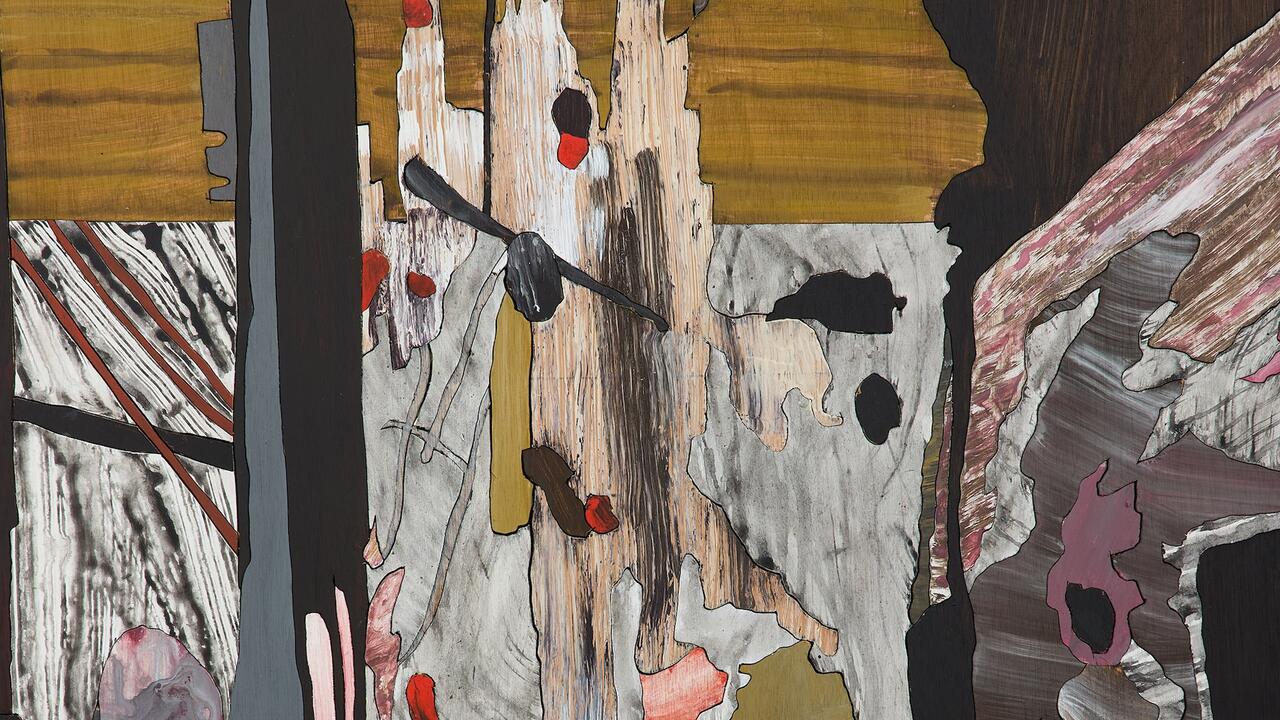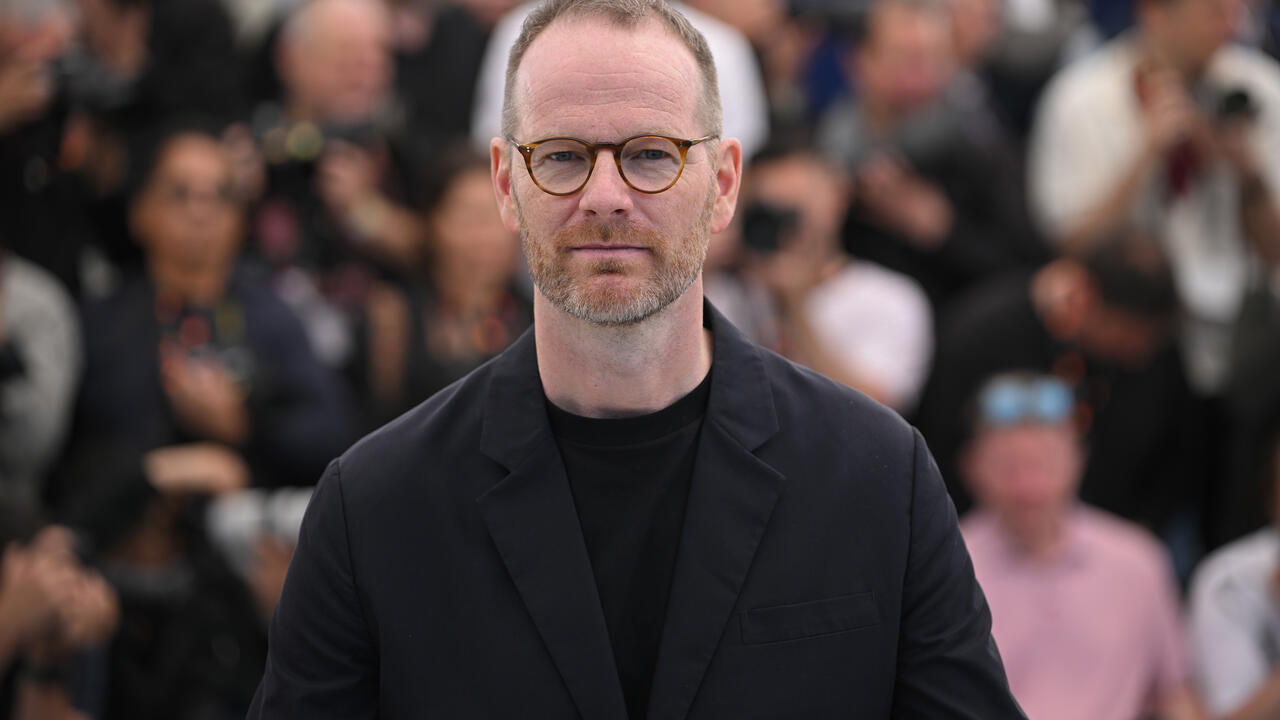Natural History
Hawkins' Dinosaurs
Hawkins' Dinosaurs

I doubt Steven Spielberg spends much time in suburban south London, but if he's ever in Penge and has an hour to kill, he should take a stroll around the local recreation ground. In this forgotten corner of the capital lies a lost world populated by strange and ancient creatures, a stretch of grassland grazed by terrible lizards - the original Jurassic Park.
In a lecture delivered to the Society of Arts in 1854 the sculptor Benjamin Waterhouse Hawkins described how he was 'engaged in the creation or restoration of a series of now extinct animals which it would appear were destined to roam, as in their native state, through the deep Penge morasses'. These 'extinct animals' were dinosaurs, antediluvian reptiles first classified by the naturalist Richard Owen, the man who - along with Prince Albert and the architect Joseph Paxton - encouraged Hawkins to transform Crystal Palace Park into a saurian sculpture garden. Fabricated from bricks, cement and iron hoops, his life-size monsters look pretty silly to the contemporary palaeontologist or childhood dinosaur enthusiast. While the wallowing Plesiosaur seems just about credible and the prehistoric alligators sport wickedly menacing grins, time has treated their companions rather less kindly. Hawkins' Megalosaurus (a slim and speedy relative of Tyrannosaurus Rex) hulks like a sluggish hippopotamus, while his Ichthyosaur's odd, segmented eyes resemble dainty plates of candied fruit. These are not so much creatures of the past as of the imagination, more suited to The Flintstones than to serious-minded public edification.
Although Hawkins consulted scientists before creating his saurian diorama, palaeontology was then in its infancy and incomplete fossil skeletons made it difficult to ascertain what his subjects really looked like. The sculptor took this problem in his stride, however, and using jawbones, thighbones and a lot of guesswork he mocked-up dozens of dinosaurs by comparing fossilized fragments with exotic 19th-century beasts. But this method was far from foolproof and Hawkins often produced peculiar hybrids that confound evolutionary history. His snaggle-toothed Dicynodon, despite a complete lack of scientific evidence, wears a turtle's shell simply because Hawkins suspected that the creature was amphibious. Similarly, none of his creations are bipedal. Accustomed to seeing reptiles scurrying on all fours, the sculptor couldn't conceive of dinosaurs walking tall.
On New Year's Eve 1853 Hawkins held an exclusive dinner inside the belly of his monumental model Iguanadon. Measuring 30 foot nose-to-tail, the beast accommodated 22 diners, including eminent geologists, ornithologists, naturalists, newspaper proprietors and City fat cats. Each ploughed through seven courses including - with a sly nod to the Dicynodon - mock turtle soup. Were it not for Hawkins' cavalier attitude to proper anatomical research, we might interpret this party as a precursor to modern movies in which resurrected dinosaurs munch mouthfuls of human flesh. But the Iguanadon was a vegetarian and, as was usual with the Penge project, fantasy prevailed over scientific fact.
Historians have suggested that Hawkins, influenced by Richard Owen, produced his dinosaurs in order to discredit Darwinian theory. If the public saw that the reptile order had reached its 'highest' form in these long-gone leviathans, surely they would understand that evolution was bunk? Maybe this was Hawkins' intention, although there's a playful aspect to his creations that suggests such thoughts didn't trouble him unduly. After all, the dinner in the Iguanadon wasn't so much a theological moratorium as a boozy celebration. There, perhaps a little the worse for drink, the sculptor led a lusty rendition of the following song: 'Beneath his hide/He's got inside/The souls of living men/Who dare our saurian now deride/ With life in him again?/The jolly old beast/Is not deceased/There's life in him again! Roar!' If Spielberg had attended, I'm sure he would have approved.























